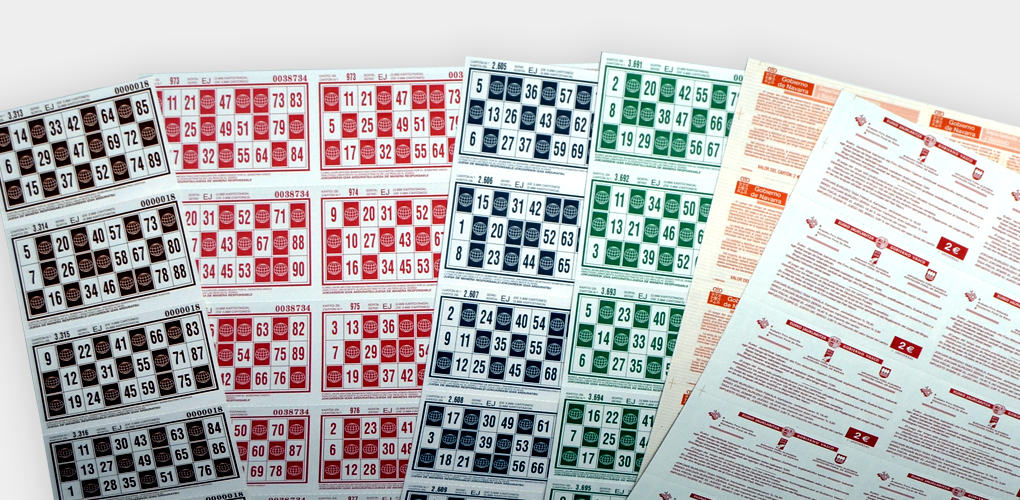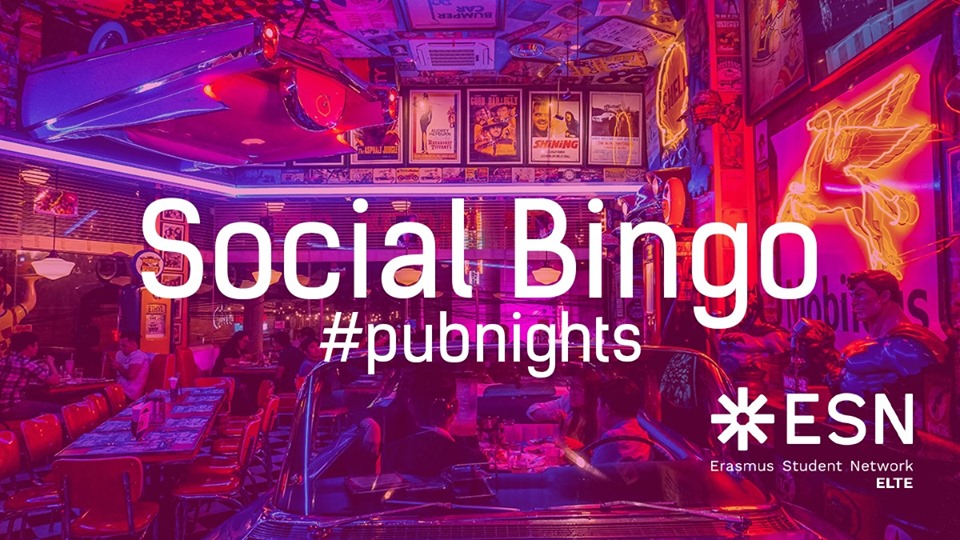| Engenho dos Erasmos | |
|---|---|
| General information | |
| Type | Engenho |
| Location | Santos, São Paulo, Brazil |
| Coordinates | 23°56′52″S46°21′47″W / 23.94778°S 46.36306°W |
| Construction started | c. 1534 |
| Owner | University of São Paulo |
| Designations | |
| Website | |
| http://www.engenho.prceu.usp.br/ | |
A diverse library of widgets can be used to support all subject areas. Widgets are grouped by test and review (exit slips, flash cards, quizzes, timelines, and worksheets), games (bingo, memory, and crosswords), pictures and videos (hot-spot image, YouTube player, and image carousel), and math (active plot, charts, and arithmetic). Request a Traineeship Certificate. When your traineeship is coming to an end, you should ask your Traineeship Supervisor to fill in your traineeship certificate form, sign it, stamp it and give it to you to bring back to your institution. This certificate should indicate the duration of your traineeship, the tasks you have performed and, wherever possible, the competences that.
Engenho dos Erasmos or Engenho São Jorge dos Erasmos was a sugar cane facility on the island of São Vicente, Brazil. Constructed around 1534, the engenho was owned for most of its working life by the Schetz family. It is now a ruin, national monument and tourist destination.
- Erasmus Student Network (ESN) is a non-profit international student organisation. Our mission is to represent international students, thus provide opportunities for cultural understanding and self-development under the principle of Students Helping Students.
- Dec 12, 2019 Cool bingo, live music and bare men’s nipples at Paddy Murphy’s How does the beer taste, does the place attract a chill crowd, and are the snacks worth checking out? EM contributor Lana van der Meer, who loves a good pub, is on the hunt for the coolest student hangouts.
Construction[edit]
Large-scale manufacturing of sugar in Brazil started with the 1532 expedition to São Vicente, led by Martim Afonso de Sousa. The Engenho dos Erasmos sugar mill was probably constructed a few years later, around 1534[1] and was originally known as Engenho do Governador - the Governor's Mill. It was owned by Martim Afonso, Pero Lopes de Souza, Francisco Lobo, and Vicente Gonçalves, and was possibly the third such mill to be set up in Brazil,[2] after Engenho da Madre de Deus in 1532 and Engenho de São João in 1533.[3]
It became the property of Erasmus II Schetz around 1540, via the commercial representatives Johan Van Hielst and João Veniste. When Erasmus died in 1550 it passed to his son, Gaspard II Schetz and it was owned by successive generations of the Schetz family until the late 17th century, although they tried to sell it in 1593 and 1612. It produced sugar cane for export[1] and domestic consumption, and operated until at least 1580, when there was increasing competition of sugar cane production from northeast Brazil[4] and closed by the end of the 18th century.[2]
The site contained the factory, as well as administrative and accommodation buildings (including for the slaves).[1] As well as the main building containing the factory,[2] all under a single roof and powered by a water wheel,[4] there was a blacksmith shop and two roofed houses.[2] The site also had a chapel and a cemetery, and was dedicated to Saint George.[3] Although often said to be built in Azorian style,[4] it is based on the Madeiran mill style.
The factory was attacked by Thomas Cavendish in 1591.[3] In 1615, Joris van Spilbergen set fire to the factory,[4] which destroyed most of its facilities.[5]
Ruins[edit]

The mill was abandoned in the 18th century and largely forgotten about until the 20th century. The site was owned by various families, including Braz Esteves, Pedrosa, Góis, Muniz Guimarães, Viana, Marques do Vale, Graça Martins and Toledo.[1]
In 1943 the land and the ruins were purchased by Otávio Ribeiro de Araújo. He donated it to the Faculdade de Filosofia, Ciências e Letras in 1958 and it has been administered by the University of São Paulo since then. While not much preservation work was carried out between 1958 and the end of the 1980s, this changed in the 1990s and 2000s,[1] when archaeological excavations took place at the site.[6] Over 2,000 fragments, including animal and human bones dating from the 16th century, were recovered during the excavations.[5]
The ruins are now a national monument,[1] registered by IPHAN in 1963 and CONDEPHAAT in 1974.[5] It is open for visitors, with free entry from 9 a.m. to 4 p.m. on Tuesday through Sunday each week[4] and various events are held at the site, including workshops and concerts.[6]
References[edit]
- ^ abcdef'HISTÓRICA - Revista Eletrônica do Arquivo do Estado'. www.historica.arquivoestado.sp.gov.br. Retrieved 2 March 2019.
- ^ abcd'Aspectos Históricos'. Engenho dos Erasmos (in Portuguese). 21 June 2015. Retrieved 2 March 2019.
- ^ abc'Novo Milênio: Histórias e Lendas de Santos: O abandonado engenho dos Erasmos'. www.novomilenio.inf.br. Retrieved 3 March 2019.
- ^ abcde'Engenho dos Erasmos | Turismo Santos'. turismosantos.com.br. Retrieved 3 March 2019.
- ^ abc'Santos - Ruínas do Engenho São Jorge dos Erasmos -'. ipatrimônio (in Portuguese). 4 May 2014. Retrieved 2 March 2019.
- ^ ab'O que foi este lugar?'. Engenho dos Erasmos (in Portuguese). 24 June 2015. Retrieved 2 March 2019.

Simple interactive activities can support diverse learning needs
How can I teach with this tool?
BookWidgets allows teachers to create a ton of different types of interactive content. Examples of each type of widget are available to use as a template to start out, and a tutorial walks you through the steps. There are 40 different widgets you can create that can be shared through a link, a QR code, an email, and Google Classroom. Simple assessments you can integrate include exit slips, quizzes, and worksheets. Kids can practice and review skills with flash cards, puzzles, or games such as hangman or bingo.
Create a blended/flipped learning approach with personalized materials that can be easily assigned through your Google Classroom. When creating quizzes, select from over 30 types of questions for all content areas. Include answers in the setup so that quizzes can be self-grading and students can gain instant feedback. Differentiate digitally by creating versions of one worksheet and assigning it to groups of students in Google Classroom. The WebQuest widget is especially useful for a blended approach; within the widget, you can embed instructional videos, games, and quizzes.
What is it?
BookWidgets is an easy-to-use platform for creating interactive exercises like exit slips, games, timelines, photo- and video-based activities, and more. It integrates with other programs like Google Classroom, Canvas, and Moodle. A diverse library of widgets can be used to support all subject areas. Widgets are grouped by test and review (exit slips, flash cards, quizzes, timelines, and worksheets), games (bingo, memory, and crosswords), pictures and videos (hot-spot image, YouTube player, and image carousel), and math (active plot, charts, and arithmetic). You can also embed PDFs, Google Maps, and Wikipedia articles.
Teachers can customize each of the widgets, and a wizard walks them through the building process. Teachers can share finished widgets as a link or embed them on any website or through Google Classroom. Analytics allows teachers to track and assess student activity. A weekly teacher blog suggests new approaches and practical applications.
Erasmus Bingo Online
Is it good for learning?
Creating interactive classroom activities and engaging teaching materials is mostly a breeze with BookWidgets. Though the organization of widgets may be clunky and confusing, it’s generally straightforward and easy to understand, saving teachers’ valuable preparation time. The variety of 40+ widgets encourages teachers to try digital lessons with a step-by-step guide when starting out. Examples of all widgets are also available and can be copied for use. Since there’s such a wide variety of widgets, teachers can create simple lessons and activities for all learning needs, though the activities themselves — especially the games — tend to prioritize memorization and recall.
Erasmus Bingo Rules
Teachers can individualize lessons and activities to meet the needs of students and engage them with a digital approach. The assessment options are useful: exit slips, quizzes, and worksheets offer immediate feedback, especially since they can be created as self-checking. Teachers can also see what student work has been turned in to continually monitor progress.